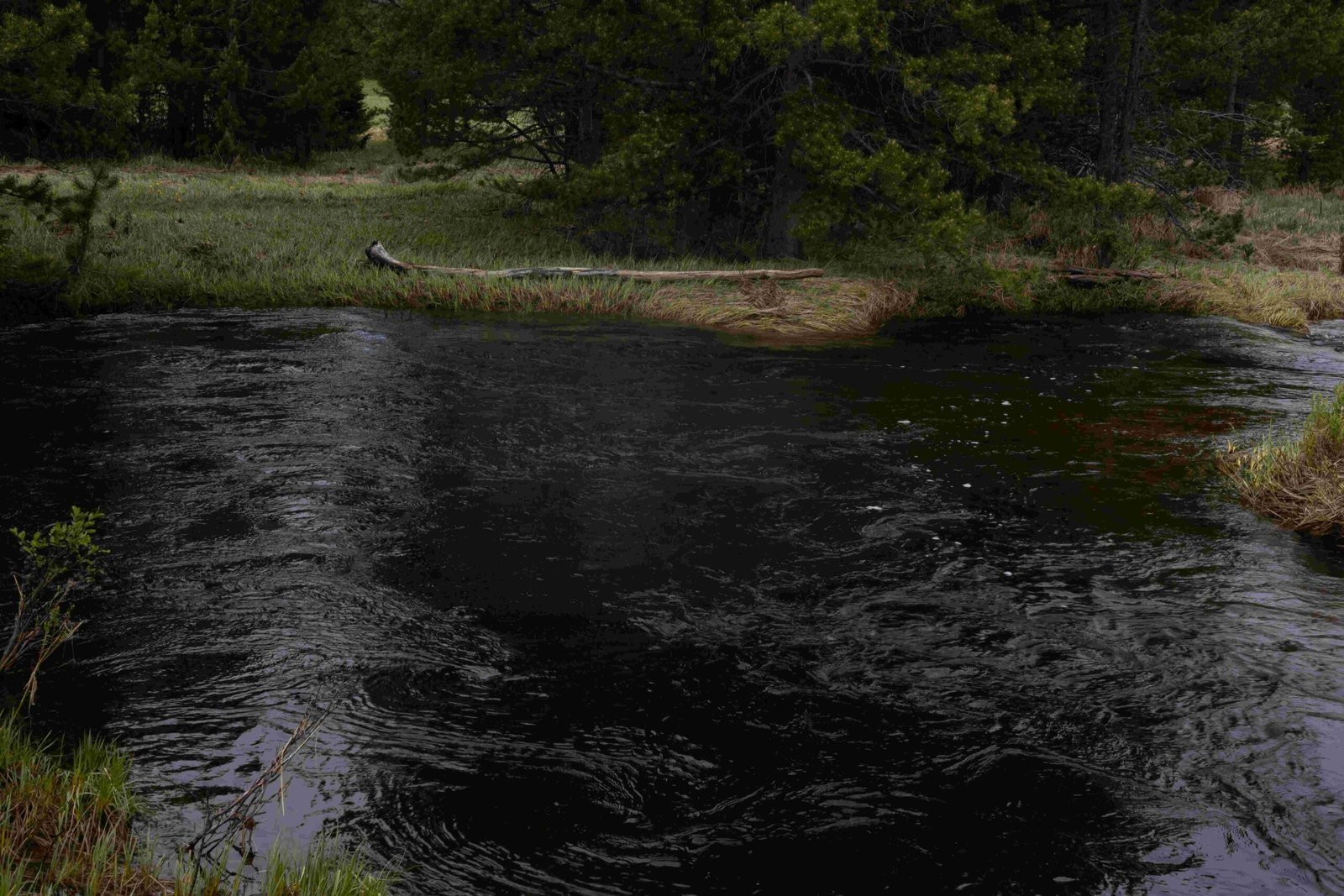Rocky Mountain National Park, known for its breathtaking landscapes and diverse ecosystems, does not officially permit cliff jumping within its boundaries. The park’s lakes and rivers, while beautiful, are not designated for this high-adrenaline activity due to safety concerns and environmental preservation efforts. However, for thrill-seekers interested in cliff jumping near the Rocky Mountains, there are alternative locations outside the park that offer similar experiences with proper precautions.
What Are the Cliff Jumping Options in Rocky Mountain National Park?

Unfortunately, Rocky Mountain National Park does not offer designated cliff jumping spots. The park prioritizes visitor safety and environmental conservation, which means activities like cliff jumping are not permitted within its boundaries. Swimming is allowed in some lakes, but it’s subject to strict regulations and safety guidelines.
However, for those seeking cliff jumping experiences near the Rocky Mountains, there are alternative locations outside the park that cater to this activity. One popular spot is Paradise Cove (Guffey Gorge), located about two hours south of Denver and an hour from Colorado Springs. This location offers cliff jumping opportunities with heights ranging from 20 to 80 feet.
What Safety Precautions Should Be Taken for Cliff Jumping?

While cliff jumping is not allowed in Rocky Mountain National Park, it’s crucial to follow these safety guidelines if you decide to pursue this activity elsewhere:
- Never jump alone – always have a spotter and someone who can assist in emergencies.
- Assess your swimming abilities honestly.
- Scout the area thoroughly before jumping.
- Wear appropriate gear, including water shoes.
- Check water levels and depth before jumping.
- Be aware of local wildlife and potential hazards.
Here’s a table summarizing the essential safety gear for cliff jumping:
| Item | Purpose |
|---|---|
| Water shoes | Protect feet from rocky surfaces |
| Swimwear | Appropriate attire for water activities |
| Towel | For drying off after jumping |
| First aid kit | To handle minor injuries |
| Sunscreen | Protection from sun exposure |
| Personal locator beacon | For emergencies in remote areas |
When Is the Best Time for Cliff Jumping Near Rocky Mountain National Park?
While cliff jumping is not permitted within Rocky Mountain National Park, those interested in pursuing this activity at nearby locations should consider the following factors:
- Season: Summer is generally the best time due to warmer weather and higher water levels.
- Water Temperature: Be prepared for cold water, even during summer months.
- Visitor Traffic: Weekends and afternoons are typically busiest. For a more secluded experience, visit during weekday mornings.
It’s important to note that water temperatures in Colorado’s natural swimming holes and lakes are typically cold year-round, which can pose risks such as cold water shock.
What Are the Regulations Regarding Cliff Jumping in Rocky Mountain National Park?
Rocky Mountain National Park has strict regulations regarding water activities:
- Cliff jumping is not explicitly allowed within the park.
- There are no designated cliff jumping areas.
- Swimming is permitted in some lakes but is subject to regulations.
- Violating park rules can result in fines and penalties.
The park prioritizes visitor safety and environmental preservation, which is why activities like cliff jumping are not sanctioned within its boundaries.
Are There Alternative Locations for Cliff Jumping Near Rocky Mountain National Park?
While Rocky Mountain National Park itself doesn’t offer cliff jumping opportunities, there are alternative locations in Colorado that cater to this activity:
- Paradise Cove (Guffey Gorge): Located about two hours south of Denver, this spot offers cliff jumping heights from 20 to 80 feet.
- Devil’s Punch Bowl: Near Aspen, this natural swimming hole features cliff jumping opportunities.
- Aztec Falls: Located in the San Juan National Forest, this spot offers various jumping heights.
Remember that these locations are not within Rocky Mountain National Park and have their own set of rules and potential risks. Always research thoroughly and follow local guidelines before engaging in cliff jumping activities.
How Can Visitors Enjoy Water Activities Safely in Rocky Mountain National Park?
While cliff jumping is off-limits, Rocky Mountain National Park offers other water-related activities that visitors can enjoy safely:
- Fishing: The park has numerous lakes and streams where fishing is permitted with proper licensing.
- Boating: Some lakes allow non-motorized boating activities.
- Wildlife Viewing: Many water bodies in the park are excellent spots for observing aquatic wildlife.
- Photography: The park’s lakes and rivers offer stunning photo opportunities.
When engaging in any water activity within the park, always follow these guidelines:
- Obey all posted signs and regulations.
- Be aware of rapidly changing weather conditions.
- Inform someone of your plans before heading out.
- Carry appropriate safety gear and clothing.
- Respect wildlife and maintain a safe distance.
By following these guidelines, visitors can safely enjoy the park’s aquatic environments while preserving them for future generations.
In conclusion, while Rocky Mountain National Park does not permit cliff jumping, it offers a wealth of other activities and natural wonders to explore. For those specifically interested in cliff jumping, it’s essential to seek out designated areas outside the park, always prioritizing safety and respecting local regulations.
References:
1. Uncover Colorado: Cool Off at 8 Colorado Swimming Holes
2. Tripadvisor: Lake/river swimming hole/cliff jump – Boulder/Estes Park?
3. Teton Gravity Research Forums: Front Range Cliff Jumping Spots?

